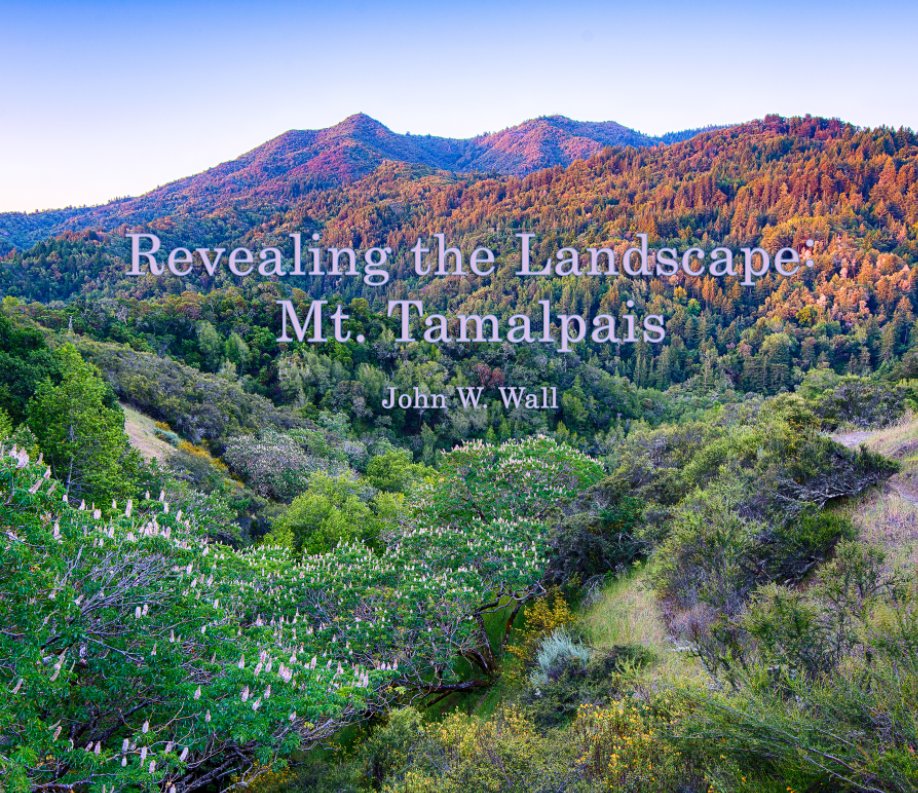Trace your roots back far enough and you finally reach... fungi. It's said that fungi are more closely related to animals than to plants. Though to be fair, not by much. But if you were worried that you might be descended from apes, you can relax. You are actually descended from some kind of proto-fungal flagellate. And of course, before that you were descended from a broad scattering of elements formed in exploding stars.
Scientists have even traced the unfolding of our universe pretty much back to its birth, even to before light came into existence. Somehow, the kernel of what we are today existed even way back then.
As for the mother that birthed that magic kernel, I'm sorry but that is not just unknown but unknowable. I'd like to invent a story to fill in the gaps of how the universe came into being and how a bunch of elements formed in exploding stars came to life, but if I did, it would involve bobcats and coyotes and toyon berries because those are things I kind of understand. So instead of inventing a story like I did in my last post, I'm just going to go along with Iris DeMent and let the mystery be.
Scientists have even traced the unfolding of our universe pretty much back to its birth, even to before light came into existence. Somehow, the kernel of what we are today existed even way back then.
As for the mother that birthed that magic kernel, I'm sorry but that is not just unknown but unknowable. I'd like to invent a story to fill in the gaps of how the universe came into being and how a bunch of elements formed in exploding stars came to life, but if I did, it would involve bobcats and coyotes and toyon berries because those are things I kind of understand. So instead of inventing a story like I did in my last post, I'm just going to go along with Iris DeMent and let the mystery be.
I'd hoped to find some nice fruitings of large fungi last weekend, but all I could find were variously sized troops of little Mycena species. But with any luck, Santa will soon bring the Sleeping Maiden a nice variety of chanterelles and things.
* * *








